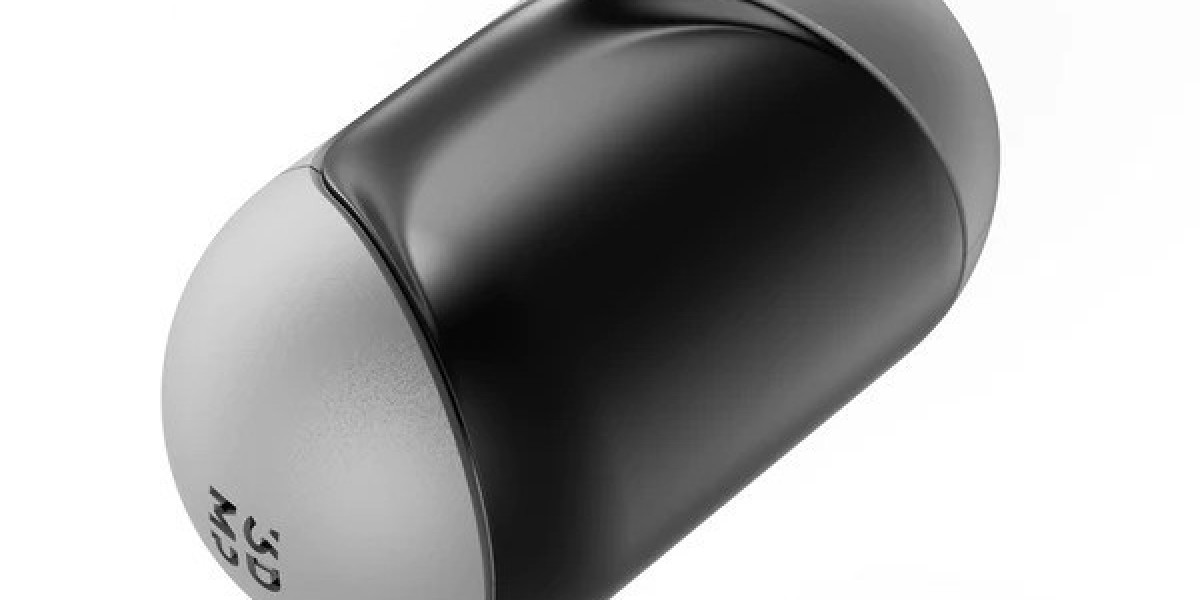In the landscape of 3D scanning technology, precision, and versatility are paramount. The Mole 3D Scanner sets itself apart with its integration of multispectral scanning technology, a feature that elevates its capabilities and application range significantly. This article provides a deep dive into the technical workings of multispectral technology within the 3d portable scanner elucidating how this technology enhances the scanner's performance and the practical benefits it offers across various industries.
The Essence of Multispectral Scanning
At its core, multispectral scanning involves capturing data from multiple wavelengths across the electromagnetic spectrum. Unlike traditional 3D scanners, which may rely on a single light source or laser, the Mole 3D Scanner utilizes this array to create a more detailed and accurate representation of the scanned object. This approach not only captures the geometry with high precision but also gathers information about the color and texture of the object's surface.
How Multispectral Technology Enhances Accuracy
The inclusion of multispectral technology in the Mole 3D Scanner allows for a level of detail and accuracy that is groundbreaking. By analyzing the object through various spectra, the scanner can differentiate between subtle variances in material composition and surface characteristics that might be invisible to the naked eye or a monochromatic scanner. This capability is critical in applications where detail and accuracy are non-negotiable, such as in the fields of cultural heritage preservation, where capturing the true essence of artifacts is vital, or in medical modeling, where the precise representation can have significant implications for patient care.
Overcoming Traditional Scanning Challenges
One of the perennial challenges in 3D scanning has been dealing with materials that are difficult to scan due to their reflective, transparent, or absorbent nature. Multispectral scanning technology addresses this issue head-on. By employing multiple wavelengths, the Mole 3D Scanner can effectively penetrate or reflect off challenging surfaces, ensuring a comprehensive capture of the object. This versatility opens up new possibilities for scanning a broader range of materials and objects, from glossy automotive parts to delicate historical documents, with unparalleled accuracy.
Practical Applications and Examples
The practical applications of the Mole 3D Scanner's multispectral technology are vast and varied. In the automotive industry, for example, the ability to accurately scan complex parts with various finishes aids in quality control and reverse engineering. In archaeology, capturing the true color and texture of ancient artifacts can enhance research and preservation efforts. Furthermore, in healthcare, creating detailed models of body parts assists in surgical planning and the creation of custom prosthetics.
Conclusion
The integration of multispectral scanning technology into the Mole 3D Scanner represents a significant leap forward in 3D scanning capabilities. By capturing a broader spectrum of data, the scanner offers a level of precision, detail, and versatility that is unparalleled. Whether it's for industrial design, cultural preservation, healthcare, or beyond, the Mole 3D Scanner's multispectral technology opens up new avenues for exploration and innovation, making it a pivotal tool in the advancement of 3D scanning technology.
Search
Popular Posts
-
 High Class Call Girls Services in Faridabad | Faridabad Call Girls | Call Girls in Faridabad
By Tina Kapoor
High Class Call Girls Services in Faridabad | Faridabad Call Girls | Call Girls in Faridabad
By Tina Kapoor -
 pafijawatimur
pafijawatimur
-
 gestunbet gestunbet gestunbet gestunbet gestunbet gestunbet gestunbet gestunbet gestunbet gestunbet
By lpo888b
gestunbet gestunbet gestunbet gestunbet gestunbet gestunbet gestunbet gestunbet gestunbet gestunbet
By lpo888b -
 Cryptocurrency yang Membawa Sentuhan Kemanusiaan ke Dunia Digital
Cryptocurrency yang Membawa Sentuhan Kemanusiaan ke Dunia Digital
-
 Backlink Profil Strategi Penting bagi Situs Judi Online
Backlink Profil Strategi Penting bagi Situs Judi Online



